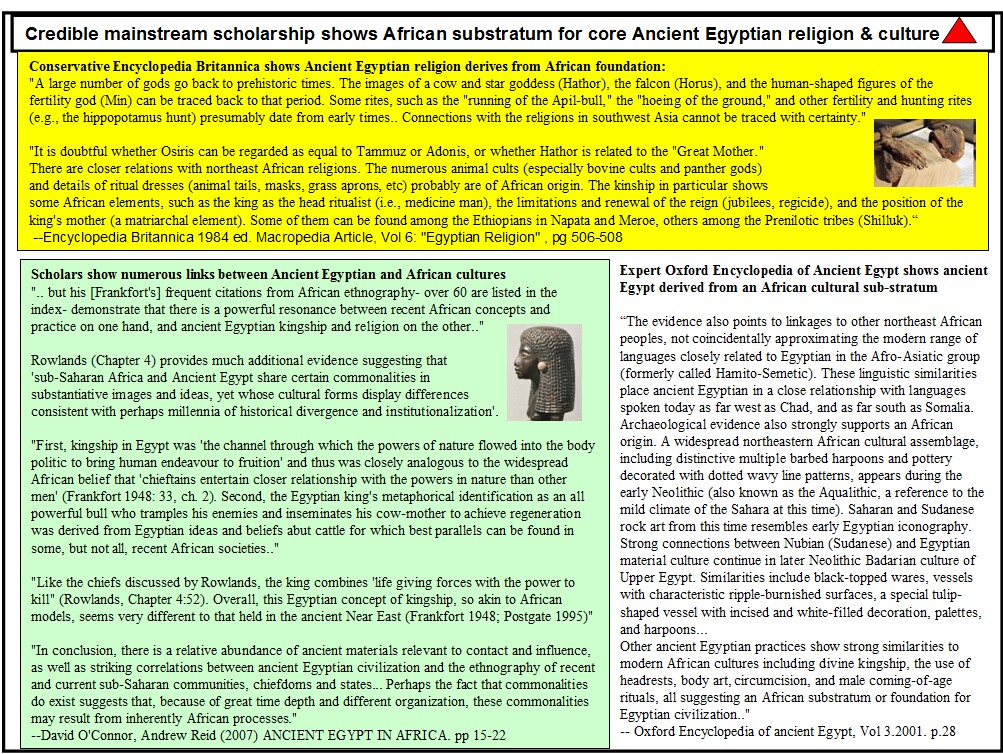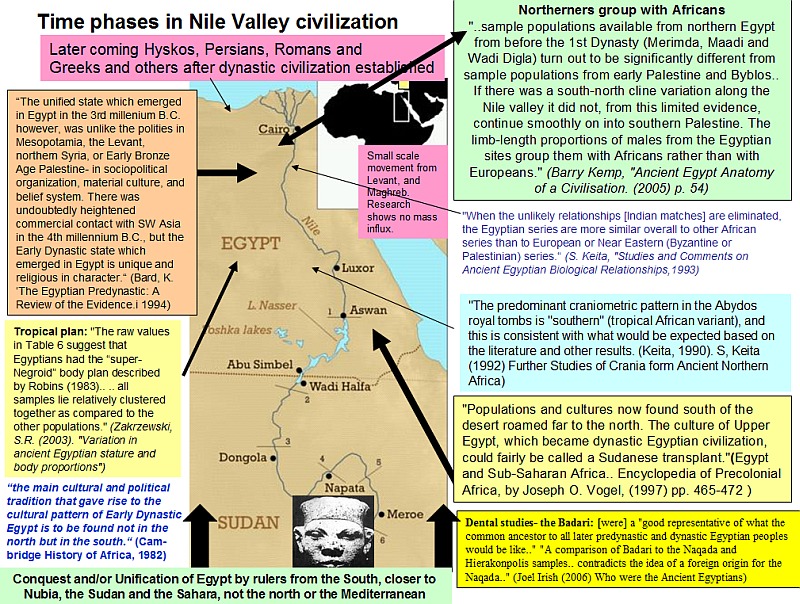Post by zarahan on Oct 16, 2015 21:15:05 GMT -5
To the world's largest earthwork in Benin , could be added perhaps the largest single stone
sculpture on Earth, found in Ethiopia, which is in "Sub-Saharan" Africa.
QUOTE:
""The early Askumites built in stone. They erected massive carved monoliths
over the graves of their leaders (one was 33 meters long and weighed over 700 tonnes,
arguably the largest single piece of worked stone ever hewn."
(John Reader, 1998. Africa: The Biography of the continent. pg 208).
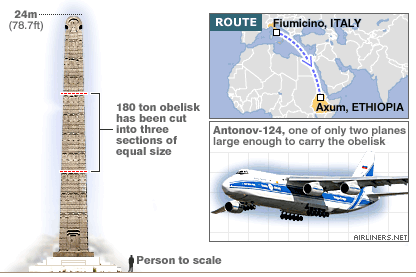
^^The tallest and largest oblelisk is greater than the above, at 97 feet tall.

"Perhaps the most spectacular achievements of the Aksumite kingdom were the construction of the great monoliths, of which the example taken by the Italians was the finest. Over 100 such monoliths once stood in Aksum. Carved from hard granite-like rock, the obelisks were erected as funerary markers, or stelae, for deceased members of the aristocracy. The seven largest and most intricately carved obelisks were erected by Ezana, the King of Aksum who converted to Christianity in 325 CE. The carvings depict windows and doors to create the illusion that the obelisks were, in fact, buildings. Funded by trade in such luxuries as turtle shells, ivory, obsidian, rhino horns, emeralds, cattle, and gold, the obelisks are testament to the skill of the Aksumite quarrymen, engineers, and stone carvers, as well as to the power of their rulers. The prosperity and reputation of Aksum was such that, by the third century CE, the Persian philosopher Mani described it as one of the four greatest kingdoms in the world, along with Rome, China, and Persia."
--Kate Prendergast 2005, After: Metropolitan Museum of Art. “Foundations of Aksumite Civilization and Its Christian Legacy (First–Seventh Centuries)” and Munro-Hay, Stuart, 1991. “Aksum: An African Civilization of Late Antiquity”
www.elginism.com/similar-cases/what-are-the-axum-obelisks/20050707/161/#sthash.rx8PgodH.dpuf
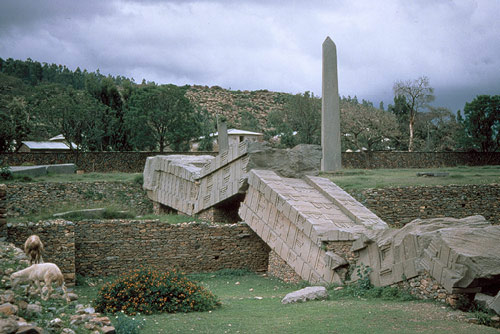
"n an expansive field on Aksum's northern edge stand the ancient city's most renowned surviving monuments, a group of memorial obelisks, or stelae, erected between the third and fourth centuries A.D. Although other Aksumite stelae fields such as the Gudit field are known, none possess the great variety of form and scale present here, ranging from relatively rough-hewn stone blocks of three feet in length to a now fallen tour de force intended to tower ninety-seven feet high. The stelae were carved mainly from solid blocks of nepheline syenite, a weather-resistant rock similar in appearance to granite, and are believed to have come from the quarries of Wuchate Golo several miles to the west of Aksum. After being cut from the rock walls there, they would have been dragged by organized manpower to the site of their installation, where finer carving awaited a few of the stelae. The impetus for this organizational effort appears to have been commemorative: there are many burials in this area and elaborate tombs are situated near the foremost group of the largest stelae. The wide variation in size and carving sophistication is most likely due to the varying degrees of social status and wealth of the deceased. Although the identities of the persons who sponsored them are not known, the tallest stelae probably commemorated royalty while smaller works were most likely commissioned by local elite."
FROM: Department of Arts of Africa, Oceania, and the Americas. "The Monumental Stelae of Aksum (3rd–4th century)". In Heilbrunn Timeline of Art History. New York: The Metropolitan Museum of Art, 2000–. www.metmuseum.org/toah/hd/aksu_2/hd_aksu_2.htm (October 2000)
www.metmuseum.org/toah/hd/aksu_2/hd_aksu_2.htm
sculpture on Earth, found in Ethiopia, which is in "Sub-Saharan" Africa.
QUOTE:
""The early Askumites built in stone. They erected massive carved monoliths
over the graves of their leaders (one was 33 meters long and weighed over 700 tonnes,
arguably the largest single piece of worked stone ever hewn."
(John Reader, 1998. Africa: The Biography of the continent. pg 208).

^^The tallest and largest oblelisk is greater than the above, at 97 feet tall.

"Perhaps the most spectacular achievements of the Aksumite kingdom were the construction of the great monoliths, of which the example taken by the Italians was the finest. Over 100 such monoliths once stood in Aksum. Carved from hard granite-like rock, the obelisks were erected as funerary markers, or stelae, for deceased members of the aristocracy. The seven largest and most intricately carved obelisks were erected by Ezana, the King of Aksum who converted to Christianity in 325 CE. The carvings depict windows and doors to create the illusion that the obelisks were, in fact, buildings. Funded by trade in such luxuries as turtle shells, ivory, obsidian, rhino horns, emeralds, cattle, and gold, the obelisks are testament to the skill of the Aksumite quarrymen, engineers, and stone carvers, as well as to the power of their rulers. The prosperity and reputation of Aksum was such that, by the third century CE, the Persian philosopher Mani described it as one of the four greatest kingdoms in the world, along with Rome, China, and Persia."
--Kate Prendergast 2005, After: Metropolitan Museum of Art. “Foundations of Aksumite Civilization and Its Christian Legacy (First–Seventh Centuries)” and Munro-Hay, Stuart, 1991. “Aksum: An African Civilization of Late Antiquity”
www.elginism.com/similar-cases/what-are-the-axum-obelisks/20050707/161/#sthash.rx8PgodH.dpuf

"n an expansive field on Aksum's northern edge stand the ancient city's most renowned surviving monuments, a group of memorial obelisks, or stelae, erected between the third and fourth centuries A.D. Although other Aksumite stelae fields such as the Gudit field are known, none possess the great variety of form and scale present here, ranging from relatively rough-hewn stone blocks of three feet in length to a now fallen tour de force intended to tower ninety-seven feet high. The stelae were carved mainly from solid blocks of nepheline syenite, a weather-resistant rock similar in appearance to granite, and are believed to have come from the quarries of Wuchate Golo several miles to the west of Aksum. After being cut from the rock walls there, they would have been dragged by organized manpower to the site of their installation, where finer carving awaited a few of the stelae. The impetus for this organizational effort appears to have been commemorative: there are many burials in this area and elaborate tombs are situated near the foremost group of the largest stelae. The wide variation in size and carving sophistication is most likely due to the varying degrees of social status and wealth of the deceased. Although the identities of the persons who sponsored them are not known, the tallest stelae probably commemorated royalty while smaller works were most likely commissioned by local elite."
FROM: Department of Arts of Africa, Oceania, and the Americas. "The Monumental Stelae of Aksum (3rd–4th century)". In Heilbrunn Timeline of Art History. New York: The Metropolitan Museum of Art, 2000–. www.metmuseum.org/toah/hd/aksu_2/hd_aksu_2.htm (October 2000)
www.metmuseum.org/toah/hd/aksu_2/hd_aksu_2.htm




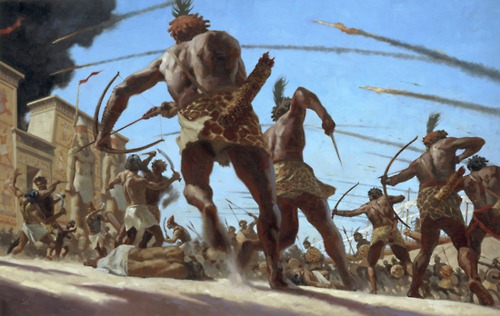
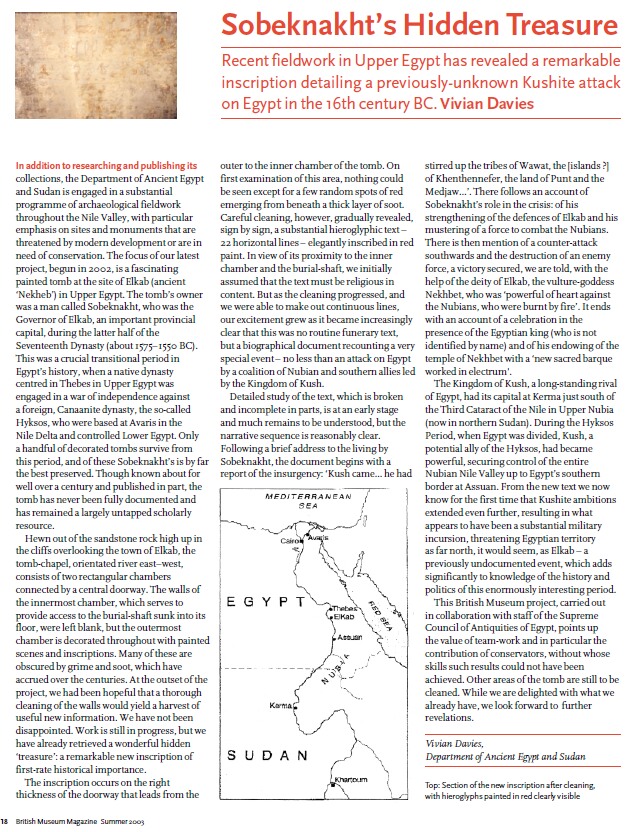
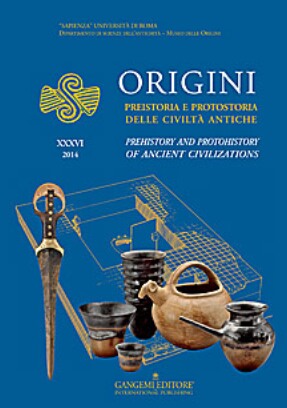
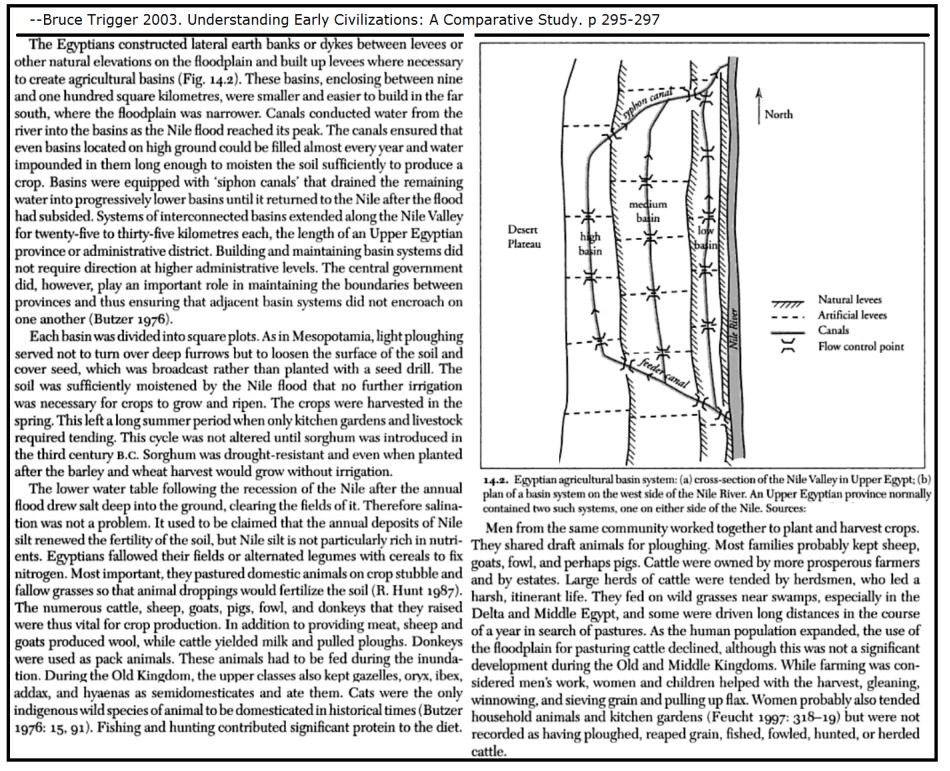

 [/QB]
[/QB]